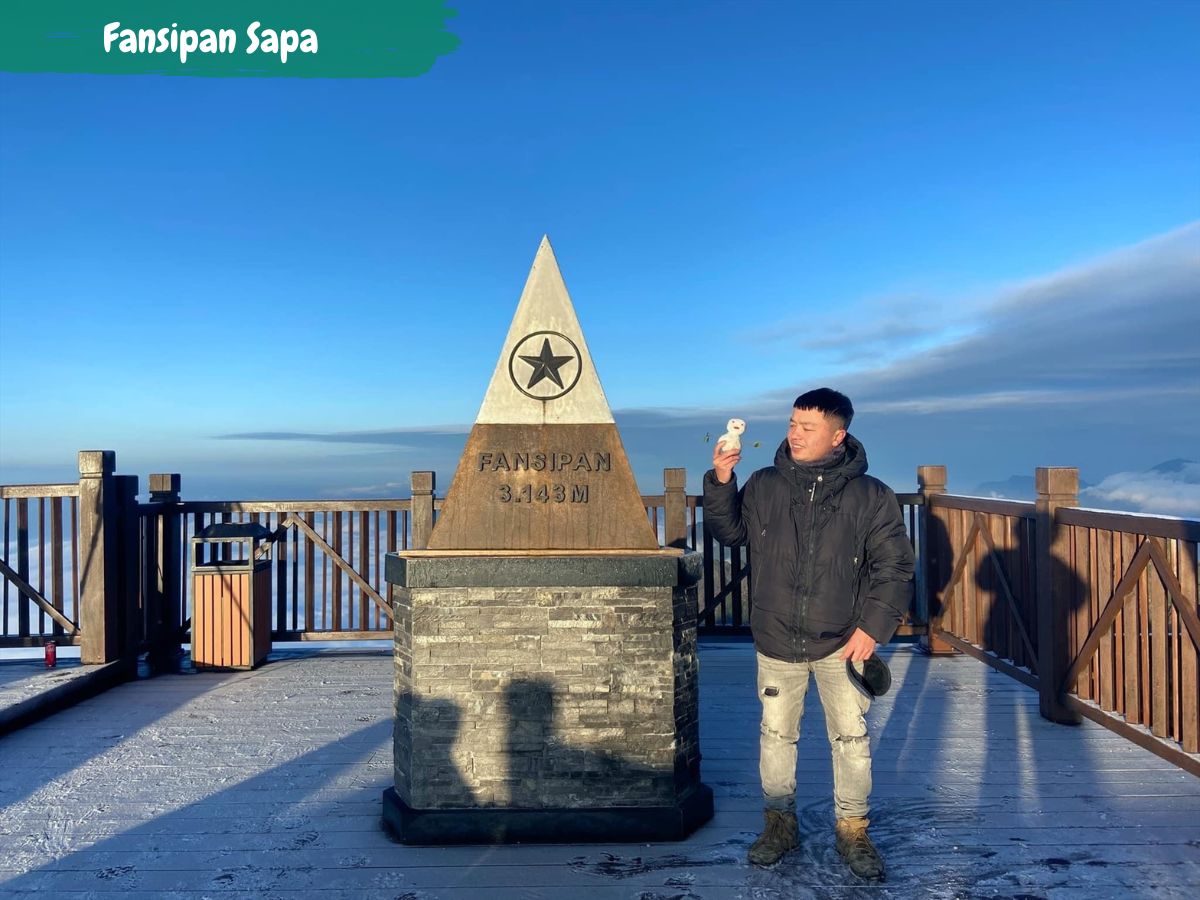Travel Guide, Sapa
Fansipan Sapa: A Trekker’s Dream to Vietnam’s Tallest Mountain
Fansipan Sapa stands as the highest peak in Vietnam, earning its title as the “Roof of Indochina.” Towering at 3,143 meters above sea level, this majestic mountain beckons adventurers from around the globe. The journey to its summit is not just a trek but a voyage through lush forests, breathtaking landscapes, and the vibrant culture of the ethnic minorities living in the region. For those seeking an unparalleled trekking experience, Fansipan Sapa offers both a challenging climb and a rewarding view from the top, making it a must-visit destination for nature lovers and adventure enthusiasts alike.
Sapa, a former French hill station, is a gateway to the Fansipan trek and offers a range of accommodations, restaurants, and tour operators to cater to the needs of travelers. The town is surrounded by lush greenery, cascading waterfalls, and traditional villages, providing a perfect base for exploring the natural beauty of the region. The journey to Fansipan and Sapa promises an immersive experience in Vietnamese culture and a chance to conquer one of Southeast Asia’s most iconic peaks.
Key Takeaways
- Fansipan is the highest mountain in Indochina, located in the Hoang Lien Son mountain range in Sapa, Vietnam.
- Proper planning and preparation are essential for a successful Fansipan adventure, including physical training, packing the right gear, and acclimatization to the altitude.
- The most popular route to the summit is the Tram Ton trail, which offers stunning views and diverse terrain, but there are other routes to consider as well.
- Conquering Fansipan presents both physical and mental challenges, but the rewards include breathtaking panoramic views and a sense of accomplishment.
- Safety should be a top priority when climbing Fansipan, including being aware of weather conditions, staying hydrated, and hiring a local guide if needed.
Why Fansipan Should Be at the Top of Your Vietnam Adventure Bucket List
Fansipan, also known as the “Roof of Indochina”, should be at the top of your Vietnam adventure bucket list for several compelling reasons. First and foremost, the mountain offers stunning scenery. Reaching an impressive elevation of 3,143 meters (10,312 feet) above sea level, Fansipan is the highest mountain in Vietnam and is situated in the breathtaking Hoang Lien Son mountain range. Hiking on Fansipan, you’ll be treated to panoramic views of lush forests, cascading waterfalls, and snow-capped peaks that will leave you in awe.
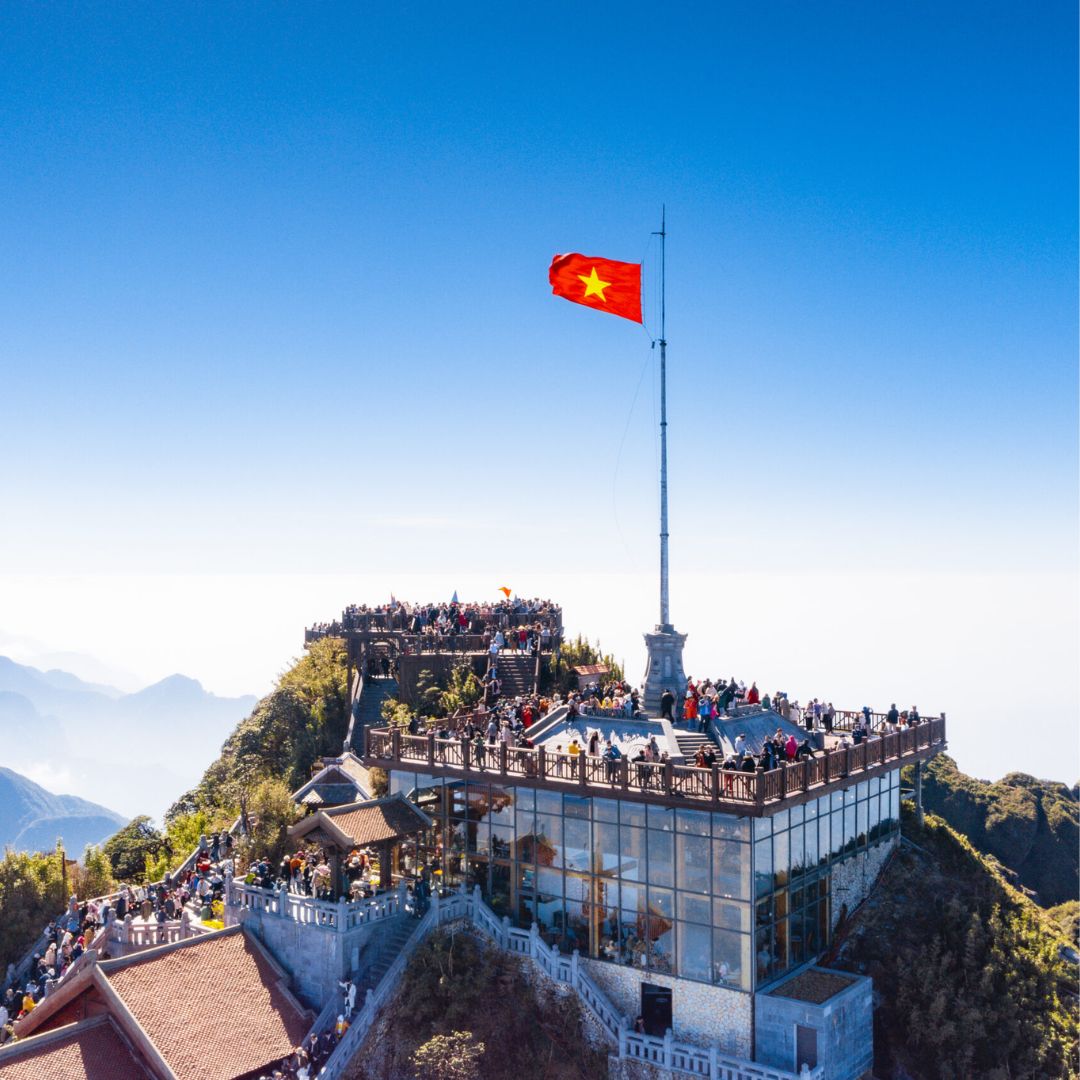
Beyond the mountain’s impressive physical attributes, Fansipan is also home to a diverse array of flora and fauna. The Hoang Lien Son range is a biodiversity hotspot, harboring rare and unique plant and animal species. As you trek along the mountain’s trails, you may have the chance to spot elusive birds like the Hoang Lien Pheasant and explore the varied ecosystems, from alpine meadows to rhododendron forests.
Fansipan also holds great cultural significance for the local ethnic minority groups, such as the H’Mong and the Dao, who have inhabited the region for centuries. Visiting Fansipan provides an opportunity to learn about the rich heritage and traditions of these communities, including their traditional dress, handicrafts, and spiritual practices.
For the more adventurous travelers, Fansipan offers a challenging and rewarding trekking experience. The mountain has several hiking trails of varying difficulty, catering to both experienced hikers and those new to trekking. The ascent to the summit is a true test of endurance, with steep sections and changing weather conditions that add to the excitement and sense of accomplishment.
In recent years, the construction of a Sapa modern cable car system has made Fansipan more accessible to visitors. This has opened up the mountain to a wider range of travelers, allowing those who may not be able to tackle the full hike to still experience the breathtaking views and cultural richness that Fansipan has to offer.
Fansipan Sapa Cable Car Operation Hours:
The Fansipan cable car system, which provides an easy way to reach the top of the mountain, operates daily from 7:30 AM to 5:00 PM.
Last Cable Car Departure Times:
- From Sapa Station to Fansipan Summit Station: 4:30 PM
- From Fansipan Summit Station to Sapa Station: 4:45 PM
It’s important to note that the cable car may stop operating earlier than 5:00 PM during bad weather conditions for safety reasons.
Planning and Preparation for the Fansipan Sapa Adventure

Before embarking on the adventure to conquer Fansipan Sapa, it is essential to make thorough preparations to ensure a safe and enjoyable experience. The trek to the summit is physically demanding and requires a good level of fitness, so it is advisable to engage in regular exercise and endurance training in the months leading up to the trip. Additionally, it is important to pack appropriate gear such as sturdy hiking boots, warm clothing, a reliable backpack, and essential supplies like water, snacks, and a first aid kit.
In terms of logistics, travelers can choose to join a guided tour or opt for an independent trek. Guided tours offer the convenience of having an experienced local guide who can provide valuable insights into the region’s flora, fauna, and culture. For independent trekkers, it is crucial to obtain a trekking permit from the authorities in Sapa and to familiarize oneself with the trail map and route options. It is also recommended to check the weather forecast before setting off, as conditions on the mountain can change rapidly. By taking these preparatory steps, adventurers can set themselves up for a successful and fulfilling journey to Fansipan.
The Route and Trail to the Summit
The most popular route to the summit of Fansipan is the Tram Ton Pass trail, which starts from the entrance of the Hoang Lien National Park. This trail offers breathtaking views of the surrounding valleys and mountains and passes through dense forests, bamboo groves, and mossy streams. As trekkers ascend higher, they will encounter rugged terrain and steep inclines, adding an extra layer of challenge to the journey. Along the way, hikers may come across local H’mong and Red Dao ethnic minority villages, providing an opportunity to interact with the indigenous communities and learn about their traditional way of life.
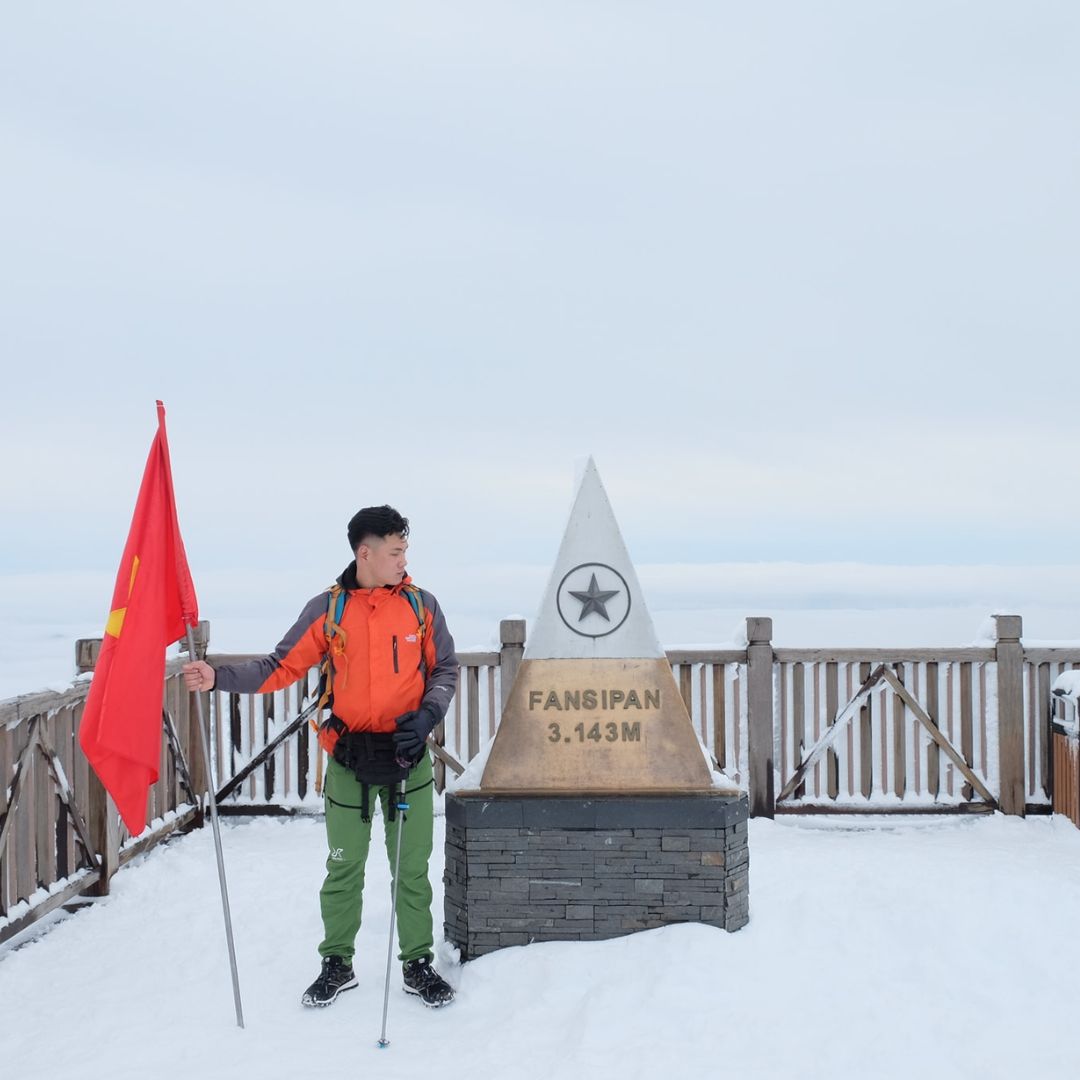
Another route option is the Sin Chai trail, which is known for its diverse landscapes and rich biodiversity. This trail takes trekkers through terraced rice fields, tea plantations, and remote hamlets, offering a glimpse into the agricultural practices and customs of the local people. Both routes converge at the final stretch leading to the summit, where trekkers are rewarded with panoramic views of the Hoang Lien Son range and the surrounding valleys. The trail to Fansipan’s summit is a test of endurance and determination, but the natural beauty and sense of accomplishment make it a truly unforgettable experience.
For those who prefer to hike up Fansipan, the various trekking trails are generally accessible from around 6:00 AM to 5:00 PM, depending on the specific route.
The standard Fansipan trekking route usually takes 7-9 hours to reach the summit, so it’s crucial to start your hike early in the day to ensure you have enough time to complete the trek before dark.
Proper preparation is key to a successful Fansipan Sapa trek. Make sure to pack the following essential items:
- Sturdy, well-broken-in hiking boots
- Warm, moisture-wicking layers (including a good insulating jacket)
- Rain gear (poncho or waterproof jacket)
- Sun protection (hat, sunglasses, sunscreen)
- Snacks and plenty of water
- First-aid kit and any necessary medications
- Trekking poles (highly recommended)
- Power bank and charging cables for your devices
It’s also important to prepare physically by engaging in regular cardiovascular exercise and strength training to build endurance and stamina.
Fansipan’s weather can be unpredictable, with significant variations in temperature and precipitation depending on the season. The best trekking seasons are typically:
- Spring (March to May): Mild temperatures and low rainfall, with a chance of seeing blooming rhododendrons.
- Fall (September to November): Cooler temperatures and clearer skies, offering stunning mountain views.
During the winter months (December to February), you may encounter snow and ice, requiring specialized equipment and experience.
Challenges and Rewards of Conquering Fansipan
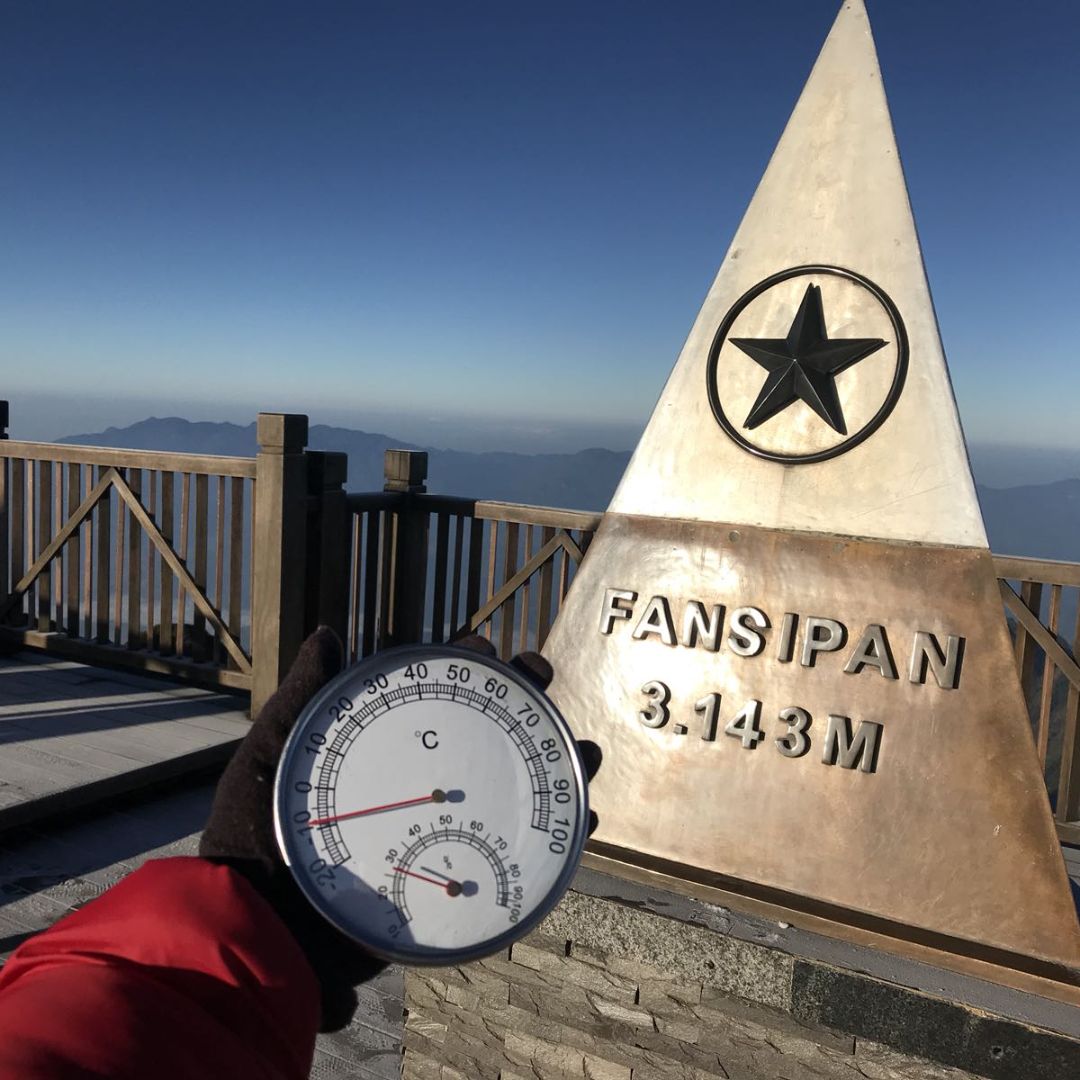
| Challenges | Rewards |
|---|---|
| Steep and rugged terrain | Breathtaking panoramic views |
| Unpredictable weather conditions | Sense of accomplishment |
| Physical and mental endurance required | Connection with nature |
| Altitude sickness | Opportunity for personal growth |
Conquering Fansipan Sapa presents a series of physical and mental challenges that require perseverance and resilience. The steep and rocky terrain, combined with unpredictable weather conditions, can make the trek arduous and demanding. Trekkers must navigate through narrow paths, slippery slopes, and occasional mudslides, all while contending with altitude sickness as they ascend to higher elevations. The lack of oxygen at higher altitudes can cause fatigue, dizziness, and shortness of breath, making it essential for climbers to acclimatize properly and pace themselves accordingly.
Despite these challenges, reaching the summit of Fansipan is an immensely rewarding experience. The sense of achievement that comes with conquering Vietnam’s highest peak is unparalleled, and the 360-degree views from the summit are nothing short of spectacular. Trekkers are treated to a breathtaking panorama of lush forests, rolling hills, and distant peaks, providing a profound appreciation for the natural beauty of the region. The journey back down the mountain allows for reflection on the personal growth and determination required to overcome the obstacles faced during the ascent. Conquering Fansipan is not just about reaching the top; it is about embracing the journey and discovering one’s own strength and resilience along the way.
Safety Tips and Considerations for Climbing Fansipan
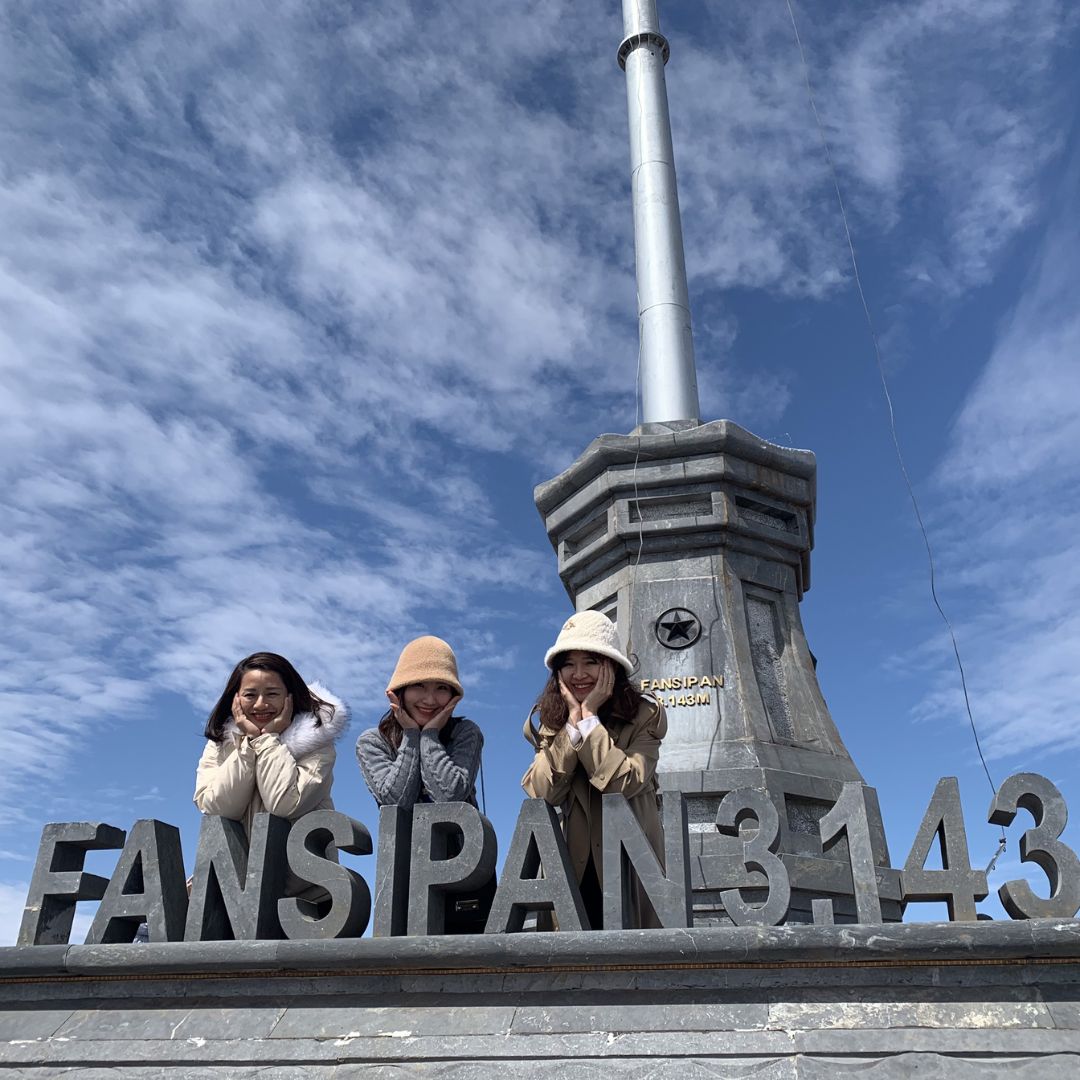
Safety should be a top priority when undertaking the challenge of climbing Fansipan Sapa. Trekkers should be mindful of their physical limitations and take necessary precautions to ensure a safe ascent. It is important to stay hydrated by drinking plenty of water throughout the trek and to take regular breaks to rest and catch one’s breath. Adequate sun protection, including sunscreen and a wide-brimmed hat, is essential due to the high altitude exposure to UV rays.
Furthermore, trekkers should be prepared for sudden changes in weather by packing waterproof clothing and extra layers to stay warm in cold conditions. It is advisable to check in with local guides or park rangers for updated information on trail conditions and any potential hazards to be aware of. In case of emergency, there are designated rescue teams in place to assist trekkers in need of medical attention or evacuation from the mountain. By adhering to these safety tips and considerations, climbers can minimize risks and ensure a safe and enjoyable experience on their journey to conquer Fansipan.
Accommodations and Services in Sapa
Sapa offers a range of accommodations to suit different preferences and budgets, from cozy guesthouses and boutique hotels to luxury resorts with stunning mountain views. Many accommodations in Sapa provide comfortable amenities such as hot showers, Wi-Fi access, and on-site restaurants serving local and international cuisine. Travelers can also find homestay options in nearby ethnic minority villages for a more immersive cultural experience.
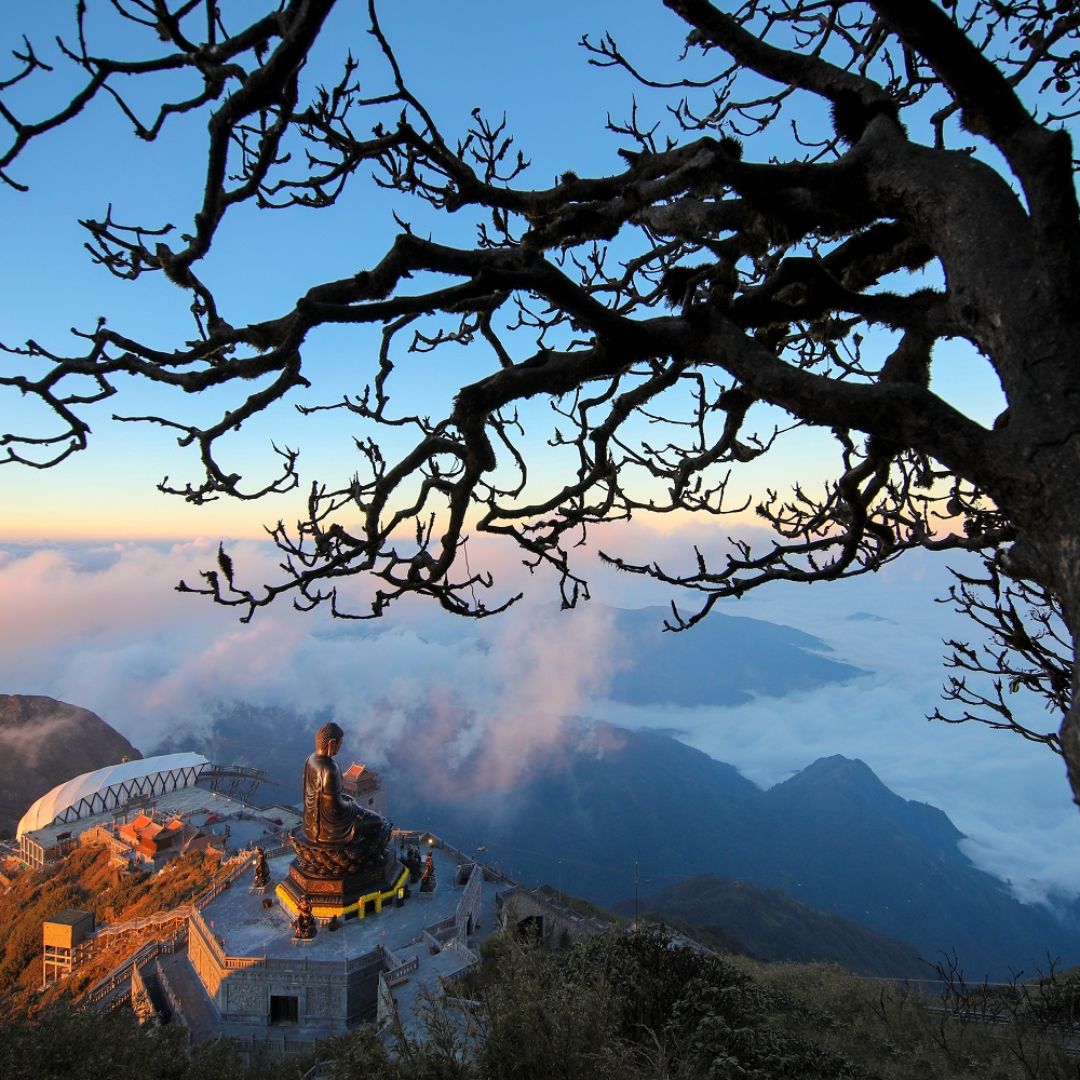
Sapa offers a wide range of accommodation options to suit various budgets and preferences:
- Hotels: Sapa has a variety of hotels, ranging from budget-friendly to high-end. Many hotels provide stunning views of the surrounding mountains and valleys.
- Boutique Inns and Homestays: For a more authentic experience, visitors can opt for boutique inns or homestays run by the local ethnic minority communities, such as the H’Mong and Dao people.
- Hostels and Guesthouses: Budget-conscious travelers can find affordable options in the form of hostels and guesthouses, often offering basic but comfortable accommodations.
- Luxury Resorts: At the upper end of the spectrum, Sapa is home to several luxurious resorts that offer amenities like spas, fine dining, and panoramic vistas.
In addition to accommodations, Sapa boasts a variety of services catering to trekkers preparing for their Fansipan adventure. Local tour operators offer trekking packages that include transportation, guides, permits, and equipment rental for those seeking assistance with their trek. There are also outdoor gear shops in Sapa where trekkers can purchase or rent hiking essentials such as trekking poles, sleeping bags, and camping gear. Furthermore, Sapa’s vibrant market scene provides an opportunity for visitors to shop for handicrafts, textiles, and traditional souvenirs as mementos of their time in this enchanting mountain town.

